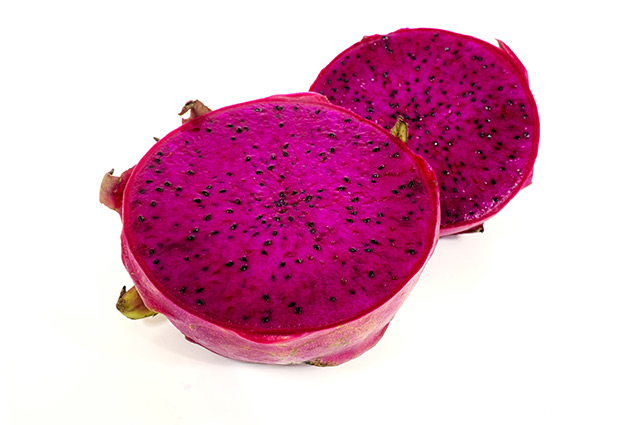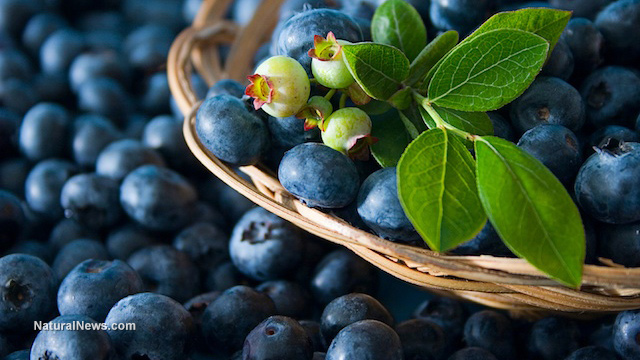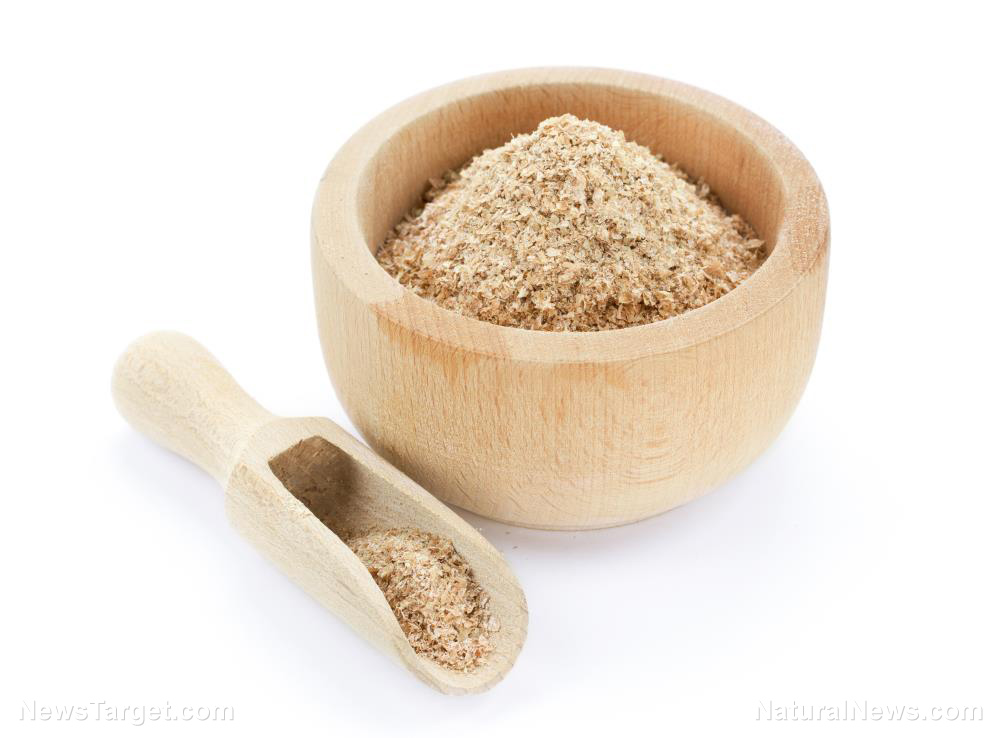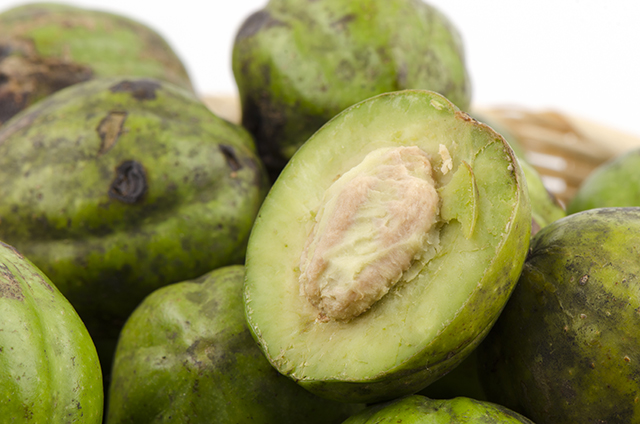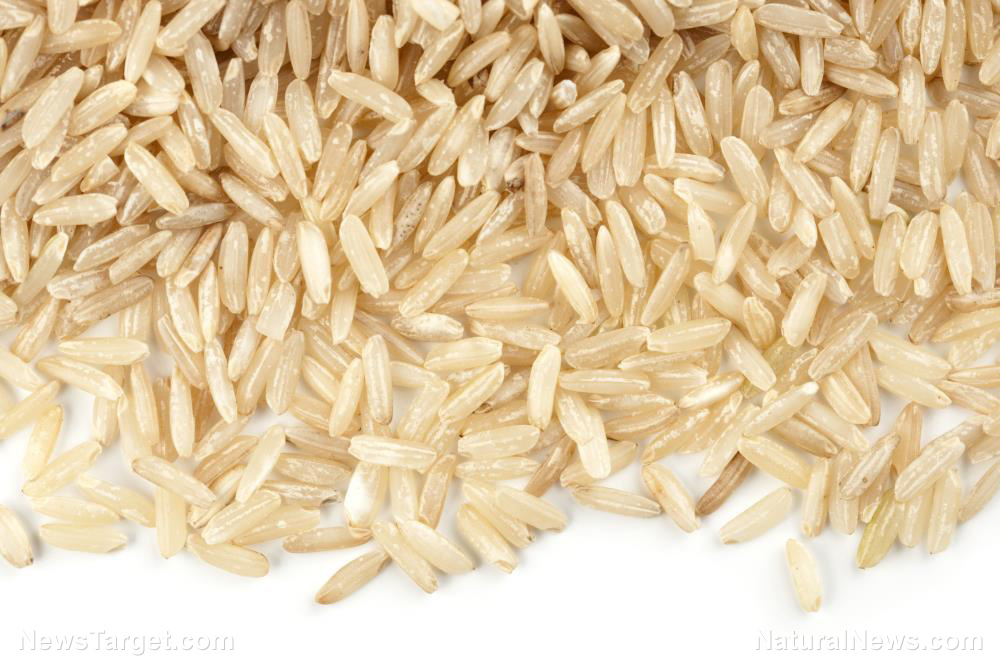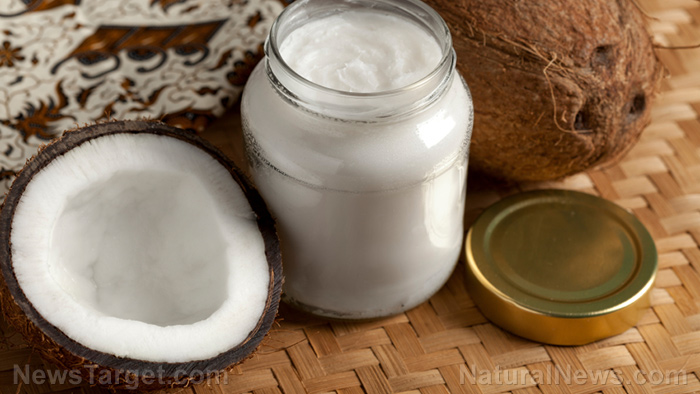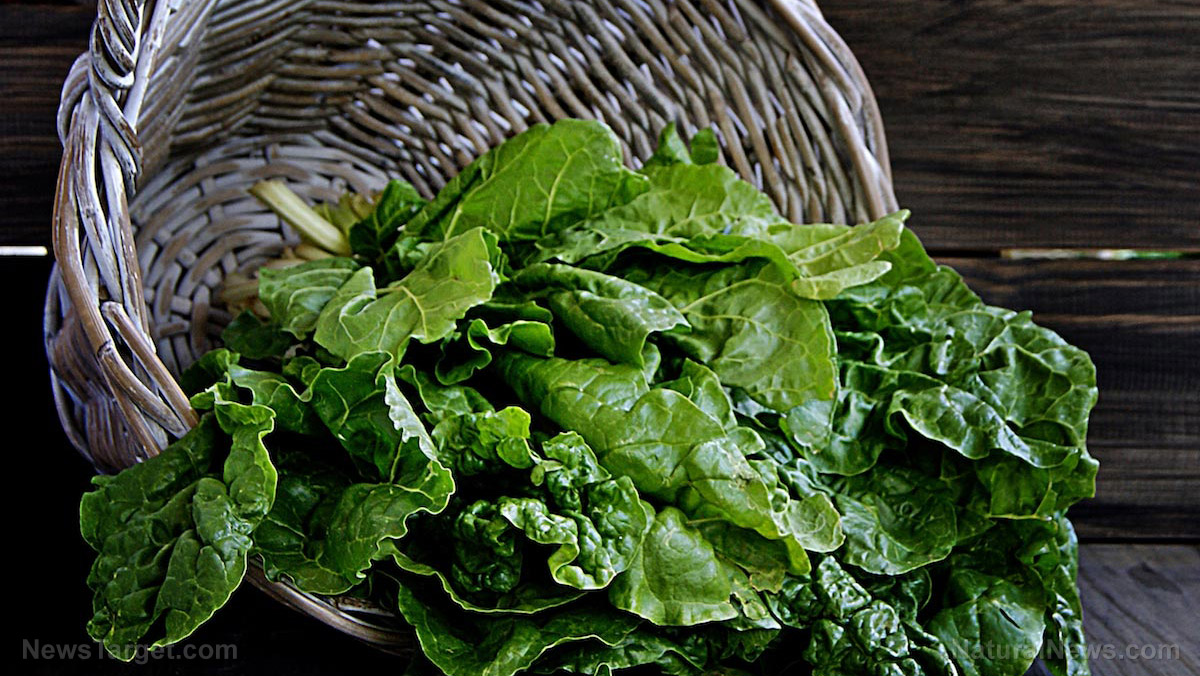Moth Beans – sources, health benefits, nutrients, uses and constituents at NaturalPedia.com
07/29/2017 / By Frances Bloomfield

The moth bean (Vigna acontifolia) is an herbaceous creeping plant native to India and Pakistan. These drought-resistant legumes are grown for human consumption and for fodder, especially since moth beans can thrive in a variety of soils. In fact, people from the arid northern Indian state of Rajasthan depend on moth beans as one of their main sources of calories and protein.

List of known nutrients
As with other legumes, moth beans are dense with all kinds of health-promoting nutrients, particularly:
- Calcium
- Copper
- Fiber
- Iron
- Magnesium
- Manganese
- Phosphorus
- Potassium
- Protein
- Sodium
- Vitamin B1 (Thiamine)
- Vitamin B3 (Niacin)
- Vitamin B5 (Pantothenic acid)
- Vitamin B9 (Folate)
- Zinc
In addition to protein and fiber, moth beans are a good source of magnesium, phosphorus, iron, and folate as well. Their magnesium content is notable as a half cup of boiled moth beans can provide up to 23.01 percent of the recommended daily value.
Medicinal uses for moth beans
The nutritional profile of moth beans are such that they’re considered to be effective in the prevention or remedying of:
- Constipation
- Heart disease
- High blood pressure
- High cholesterol
- Low energy
- Osteoporosis
- Stress
Since moth beans are loaded with a good amount of fiber, consuming them greatly reduces the risk of constipation. Not only does fiber add bulk to stool, but it normalizes bowel movement as well.
The small amount of zinc in moth beans plays a role in the reduction of stress, making moth beans a good choice of food for those who deal with stressful situations during their day-to-day lives.
Thanks to the varying amounts of B-complex vitamins, moth beans can assist in the conversion of food into fuel for the body, resulting in improved energy levels. The stress-reducing quality of zinc plays a role in this as well.
Body systems supported by moth beans
Moth beans are believed to be adept at supporting:
- Digestive system
- Heart
- Immune system
- Muscular system
- Skeletal system
The high amount of fiber in moth beans is important for the digestive system. Besides making bowel movements regular, fiber greatly decreases the amount of toxins in the gut.
Vegetarians trying to build muscle can turn to moth beans for their protein.
The combination of phosphorus and calcium in moth beans can help strengthen the bones.
Ways to use moth beans
As a common ingredient in many Indian dishes, moth beans are typically eaten with rice or roti, a type of flatbread eaten with curries or vegetables. Moth beans are highly versatile vegetables that can be incorporated in many types of dishes, such as curries, a fried snack, and idli, a traditional breakfast in the household of South India.
Where to learn more
Summary
Moth beans are a popular Indian crop that is most known for being a hardy legume capable of growing in arid conditions. Their drought-resistant nature and plethora of health-promoting nutrients have made them a staple food in the dryer parts of India. Moth beans are an excellent source of protein and fiber, with the fiber content being essential in the prevention of constipation.
Sources include:
VeggiesInfo.com
Nutrition.HealthGrove.com
HealthyBuilderz.com
AgriculturalProductsIndia.com
SpiceUpTheCurry.com
Tagged Under:

